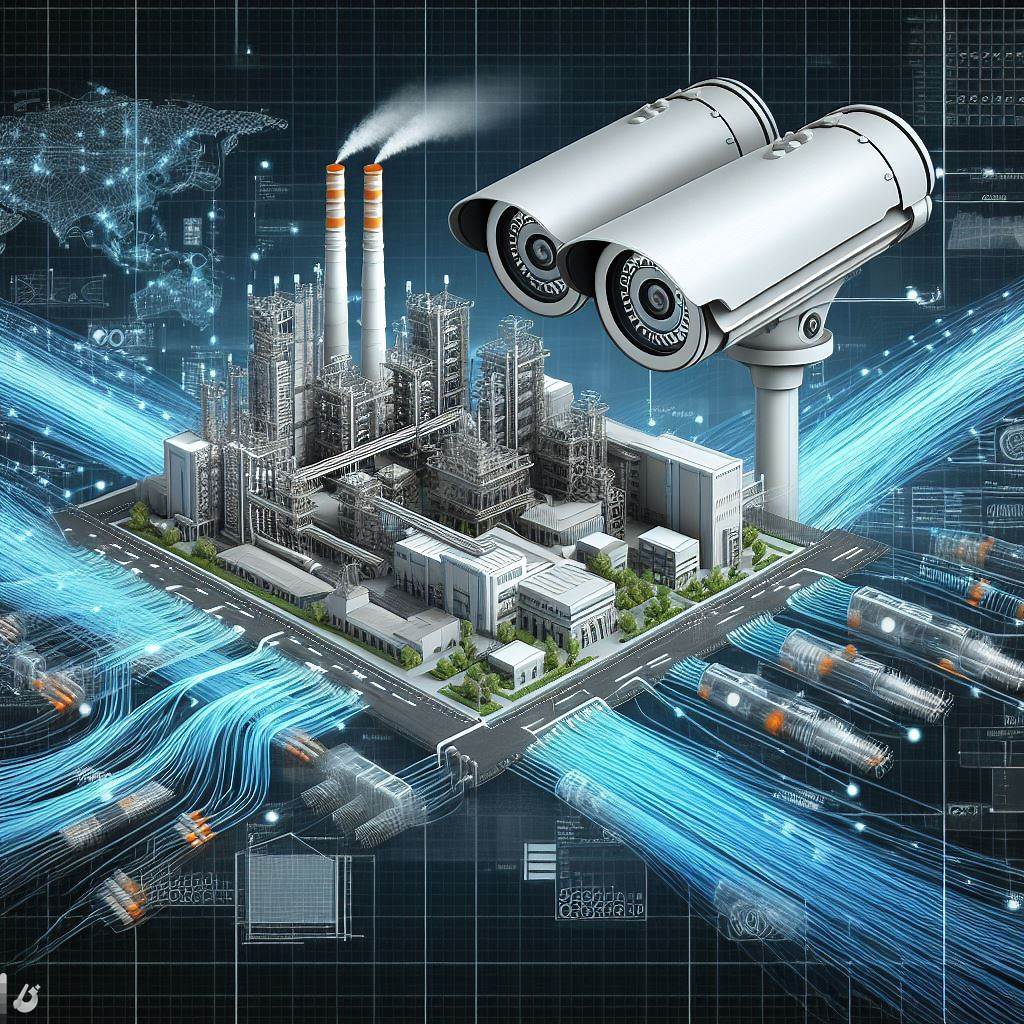
The Crucial Role of Ancillary Equipment in IP CCTV Solutions
Cameras often steal the limelight when we talk about CCTV Solutions, but it’s crucial not to overlook the silent orchestrators behind the scenes – the ancillary equipment. Components like fiber modules, cables, labour, poles, and network devices contribute significantly to the overall design of the electronic security infrastructure. Stakeholders must understand why this is the case and why prioritizing top-notch ancillary equipment and robust installations is paramount for the efficacy and longevity of their CCTV solutions.
Cost Dynamics:
- Installation Complexity: Ancillary equipment involves a complex installation process demanding experienced technicians, a factor contributing substantially to the overall cost.
- Quality Matters: Premium ancillary components may have a higher initial cost but ensure longevity and minimize maintenance expenses in the long run and promises a better ROI for your infra.
- Labor Expenses: Deploying ancillary components, especially in large-scale projects, requires skilled labour, often tough to find further away from the main cities, which can quickly escalate costs.
Importance of High-Quality Ancillary Equipment:
- Reliability: High-quality fiber modules and cables enhance signal transmission, reducing the risk of signal loss or system failure.
- Durability: Robust poles, secure cables, and resilient network equipment ensure the system withstands environmental challenges, again promoting longevity.
- Optimized Performance: Well-chosen ancillary components complement the capabilities of the CCTV cameras, optimizing the overall system performance.
Ensuring Longevity and Maximizing Efficacy:
- Preventing Downtime: Quality ancillary components contribute to system stability, reducing downtime, and thereby losses, due to maintenance or unexpected failures.
- Future-Proofing: Investing in superior ancillary equipment ensures compatibility with evolving technologies, facilitating seamless future expansions or upgrades.
- Reduced Total Cost of Ownership: While the initial investment may be higher, the reduced maintenance and replacement costs, coupled with an extended system life, contribute to a lower total cost of ownership in a macro sense.
It is imperative for stakeholders to recognize the intricate relationship between the cost of ancillary equipment and the efficacy of CCTV solutions. By prioritizing high-quality components and well-designed installations, they ensure the robustness of their security infrastructure, laying the foundation for a reliable, durable, and future-proof surveillance system.
